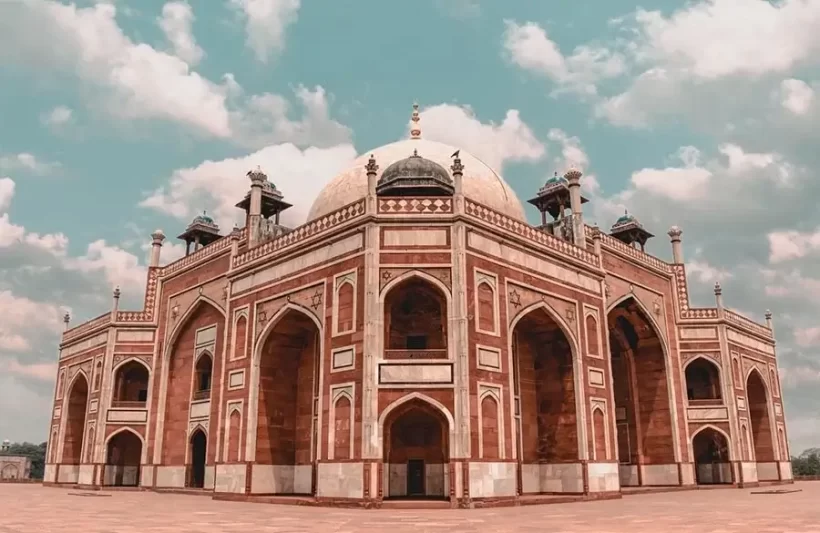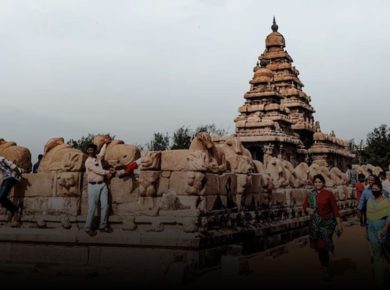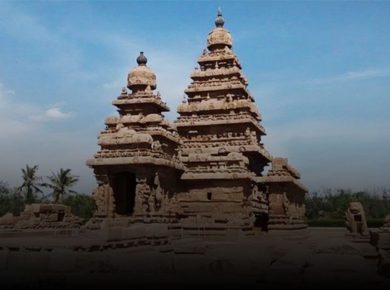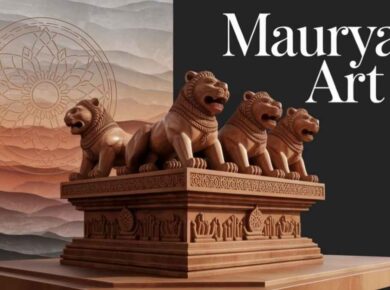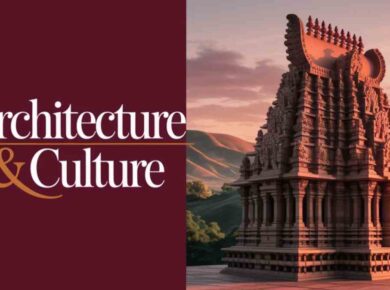Medieval Architecture Styles (Other than Indo-Islamic)
Rajput Architecture Style
Rajput palaces – built as innercitadels surrounded by the city and enclosed by a fortified wall as at Chittorgarh and Jaisalmer. Some forts, such as those at Bharatpur and Deeg, were protected by wide ditch filled with water surrounding the fort.
- Jaisalmer, Bikaner, Jodhpur, Udaipur and Kota Palaces > Built approx. 17th to early 18th century
- Bikaner is encircled by 5.63 km long Stone wall made of rich pink sandstone with five gates & three sally ports
- Jodhpur Fort dominates the city, which is surrounded by a huge wall nearly 9.5 km long with 101 bastions
- Meherangarh fort stands on a cliff with a sheer drop of over 36 metres.
Man Mandir
- The largest palace in Gwalior, was built by Raja Man Singh Tomar (1486-1516)
- Has two storeys above, and two below ground level overhanging a sandstone cliff
- This gigantic cliff is punctuated by five massive round towers, crowned by domed cupolas and linked by delicately carved parapets

Jaipur
- Built by Jai Singh, represents a synthesis of Rajput and Mughal architectural styles.
- The city is enclosed by a wall and has bastions and towers at regular intervals.
- Prominent structures at Jaipur
- Hawa Mahal (1799) has a five-storeyed symmetrical facade composed of 953 small casements in a huge curve each with a projecting balcony and crowning arch.
- Jantar Mantar, the largest of five observatories built by Jai Singh II in the early 18thcentury, others being Ujjain, Mathura, Varanasi & New Delhi.
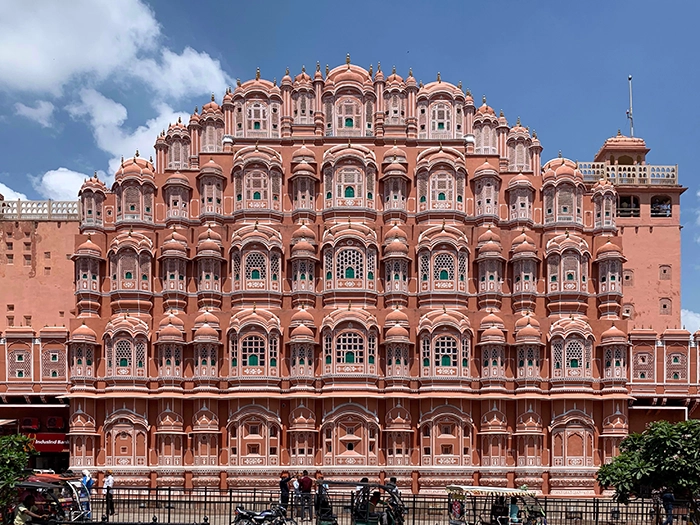
Avadh Architecture Style
-
- Safdar Jung’s tomb, built in the honour of Safdar Jung (1739-1753)
- Bara Imambara > Built by the Nawab in 1784. Absence of pillars in the main hall (Simple & symmetrical in design)

- Chattar Manzil > Main attractions are the underground rooms and a beautiful dome surrounded by a gilt umbrella
- Kaiser Bagh > A quadrangular park with a baradari (pavilion) and yellow-coloured buildings on three sides.
- Roshanwali Kotiand Begum Koti > Situated at Hazratgunj with Italian style being more prominent
Kashmir Style
- Typified by use of woodwork.
- log construction using deodar trees for the construction of wooden bridges cold kadals or the wooden shrines called ziarats.
- Mosque of Shah Hamdan in Srinagar and the Jami Masjid at Srinagar built by Sikandar Butshikan (1400 AD) – examples of the wooden architecture.
- Fort of Hari Parbat, the Pattar Masjid (1623) and the Akhun Mulla Shah’s mosque (1649) are illustrations of art of stone building in Kashmir.
Punjab Architecture Style
-
- Influenced by the Mughal Style
- Features > multiplicity of Chattris /kiosks, fluted dome generally covered with copper or brass gilt and enrichment of arches by numerous foliations
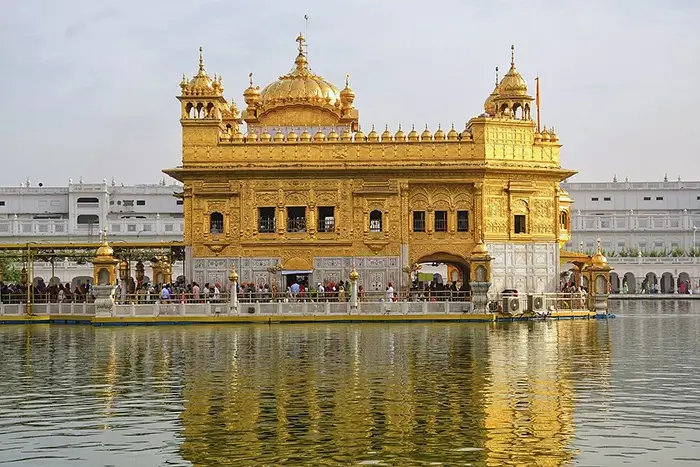
- Notable example > Golden Temple at Amritsar (1764) built by the fourth Sikh Guru Ramdas.
Jain Architecture Style
- Prominent Feature > Chamukhs or four-faced temples.
- Four Tirthankars placed back-to-back to face four cardinal points.
- Entryinto these temples is also from four doors
- Notable example includes Chamukh temple of Adinath (Ranakpur) (1618 AD)
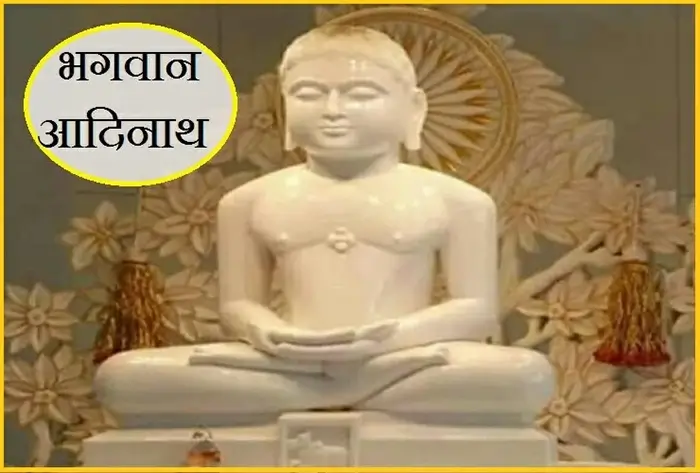
- Most spectacular of all Jain temples are found at Ranakpur and Mount Abu in Rajasthan
- Deogarh (Lalitpur, U.P.), Ellora, Badami and Aihole also have some of the important specimens of Jain Art
For more updates, visit www.iasmania.com. Please share your thoughts and comments.
If you’re passionate about building a successful blogging website, check out this helpful guide at Coding Tag – How to Start a Successful Blog. It offers practical steps and expert tips to kickstart your blogging journey!
